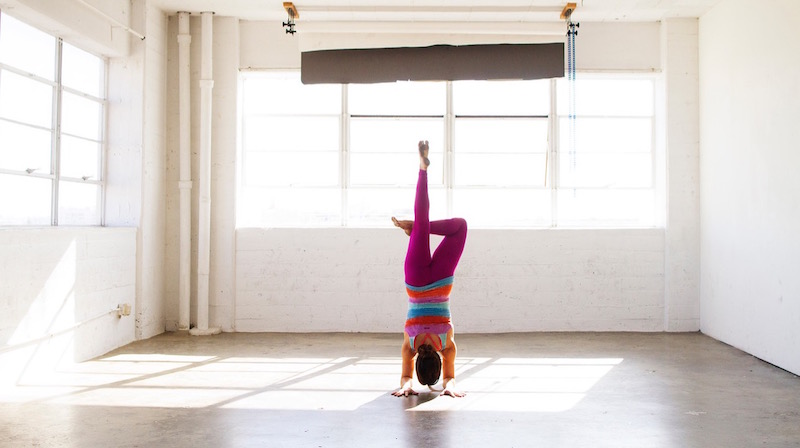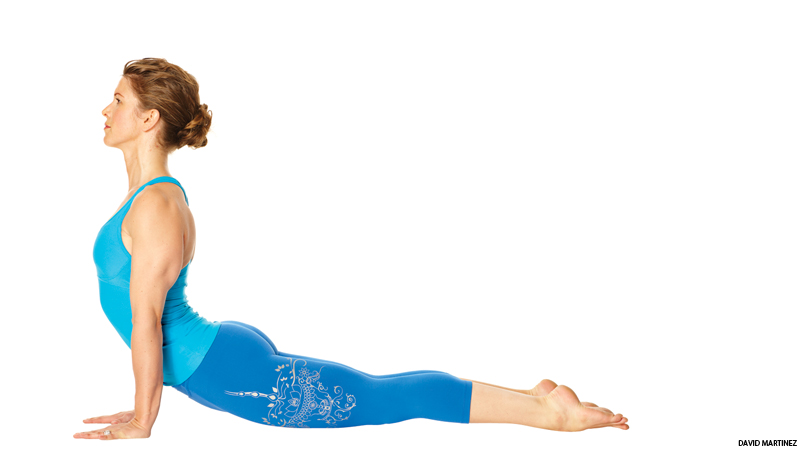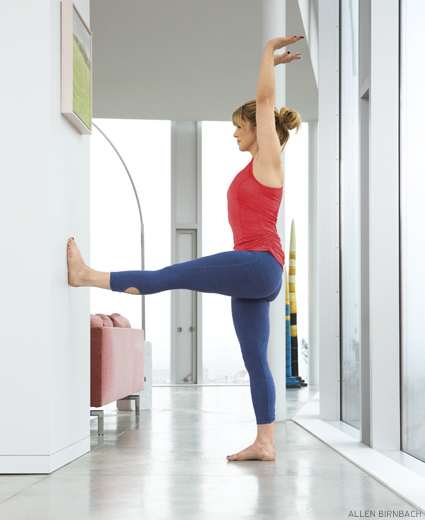

Reflecting on 40 years, we asked Alexandria Crow which alignment cues have passed their prime. She makes a strong case for retiring these five.
My teacher taught me one thing that I will always be grateful for above all else: He demanded that I have a reason for everything I say and do when teaching yoga—and the reason couldn’t be “because you said so.” Over the years this guideline forced me not only to dive deeply into the why behind every alignment cue, sequence, and decision but also to evolve, adapt, and grow as a teacher.
Why Alignment Cues Must Evolve
As the yoga population at large expands and students’ practices mature, I’ve discovered that alignment cues once devised for the manybeginning yogis unused to the shapes of the postures are oftentimes still used by more experienced practitioners and taken far past their original intent—even leading to injuries they were originally meant to prevent. At the end of the day, there is no one-size-fits-all instruction or cue. Blindly trusting and regurgitating something learned in a teacher training, workshop, or class without really understanding the reasons behind it results in something similar to a game of telephone.
SEE ALSO Alignment Cues Decoded: “Wrist Creases Parallel”
How to Revolutionize Your Teaching
Asana instruction ought to be given based on what’s happening in the moment in the students in the room, and it needs to not only be given based on anatomical principles but also on biomechanics and the principles of kinesiology, all of which take time to study and learn. It’s a tall request, but for me that challenge keeps me very interested in how asana functions in the population at large. I’ll be honest: Without an underlying interest in the body, there would be only so many times I could say “step your right foot forward, Warrior I.” I find the challenge invigorating. So with that said, here’s my list of five cues that need to be retired—or at least explored and adapted.
SEE ALSO Alignment Cues Decoded: “Relax Your Glutes”
5 Outdated Yoga Asana Instructions
1. “Relax your trapezius” (aka “pull your shoulder blades down your back”) when your arms are overhead
This cue was meant for students who lift their arms overhead with them rotated in a way that causes their trapezius to elevate the shoulder blade instead of just upwardly rotating it. “Relaxing the trapezius” is actually impossible here since that muscle must engage to upwardly rotate the shoulder blade as the move arms overhead. Fully understanding how the arm, shoulder, and shoulder blade dance together is vital to teaching the actions of this joint well.

2. Do anything with the “tips of the shoulder blades.”
This one makes the list, because many teacher ask students to “move the tips of the shoulder blades toward the front body” to encourage extension of the thoracic spine in everything from Upward Salute to Upward-Facing Dog Pose to Camel Pose. The problem? Most people don’t know where the tips of their shoulder blades are—even when they’re just standing in Tadasana. As the arm moves the shoulder blade moves as well, moving the tip of the shoulder blade to a number of different positions throughout a practice, which most students don’t realize. Giving instructions on what to do with the shoulder, arm, and spine are usually clearer ways to explain to students what’s being asked of them.
To keep reading visit YogaJournal.com






